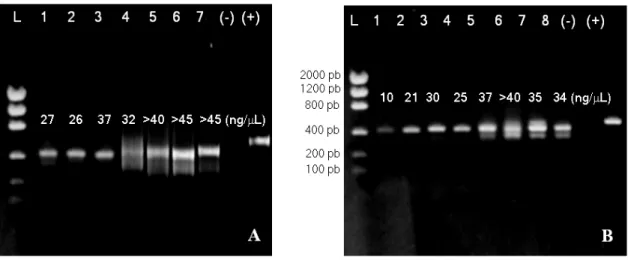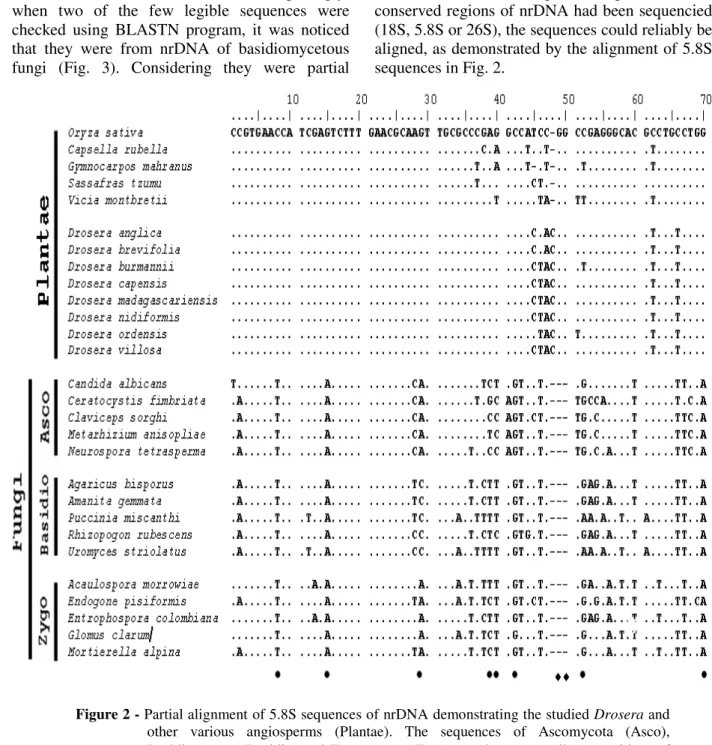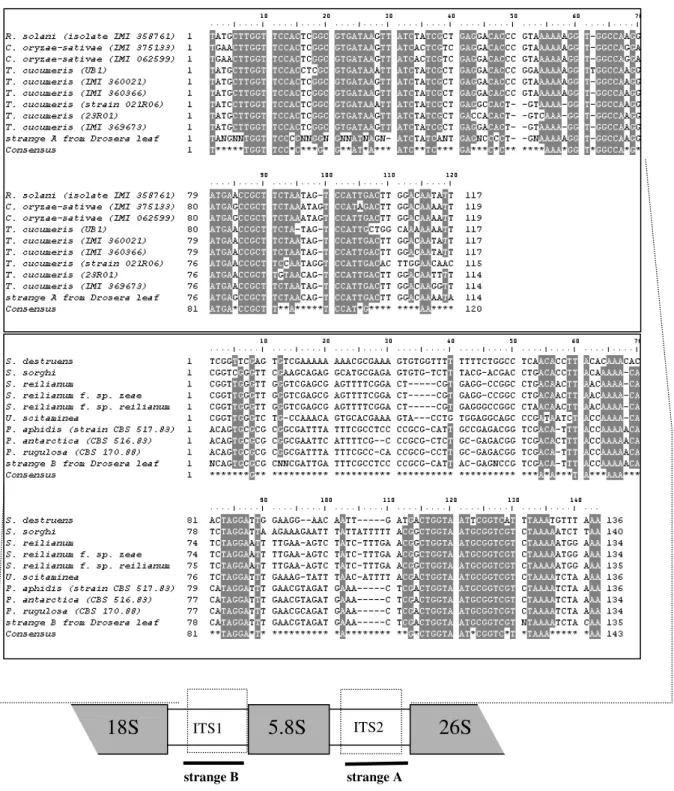Vitor Fernandes Oliveira de Miranda
Texto
Imagem




Documentos relacionados
No seguimento de reflexões e estudos empíri- cos no domínio da Psicologia da Saúde (e.g., Barros, 1992; Joyce-Moniz & Reis, 1991; Fradi- que, 1993; Reis, 1993) este estudo
Depois que o calculo do tempo de irrigação foi efetuado, o sistema se encarrega de gerar as mensagens de texto com os tempos de irrigação e enviar para
We found that the fungal rDNA and ITS sequences from different species of ants were identical (or nearly identical) to each other, whereas 10 GenBank Leucoagaricus species
Molecular identification of Trichogramma species from regions in Brazil using the sequencing of the ITS2 region of ribosomal DNA..
isolated from soil samples obtained from garlic and onion fields located in Costa Rica, through the analysis of the ITS1, 5.8S, and ITS2 ribosomal RNA regions; as well as the
In the present study, the restriction patterns generated from the region spanning the internal transcribed spacers (ITS1 and ITS2) and the 5.8S rRNA gene were used to identify a
The ribosomal DNA internal transcribed spacer 2 (ITS2) has been shown to be a useful genetic marker for species identification and phylogenetic reconstruction in the genus of
A phylogenetic analysis of the 5.8S rDNA and internal transcribed spacer (ITS1 and ITS2) sequences from some entomogenous Paecilomyces species supports the polyphyly of the genus
